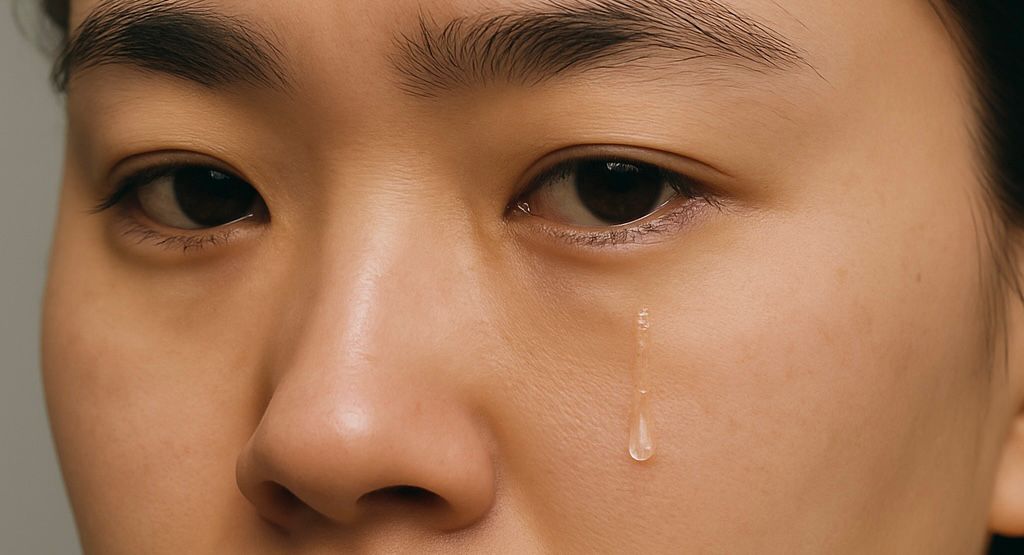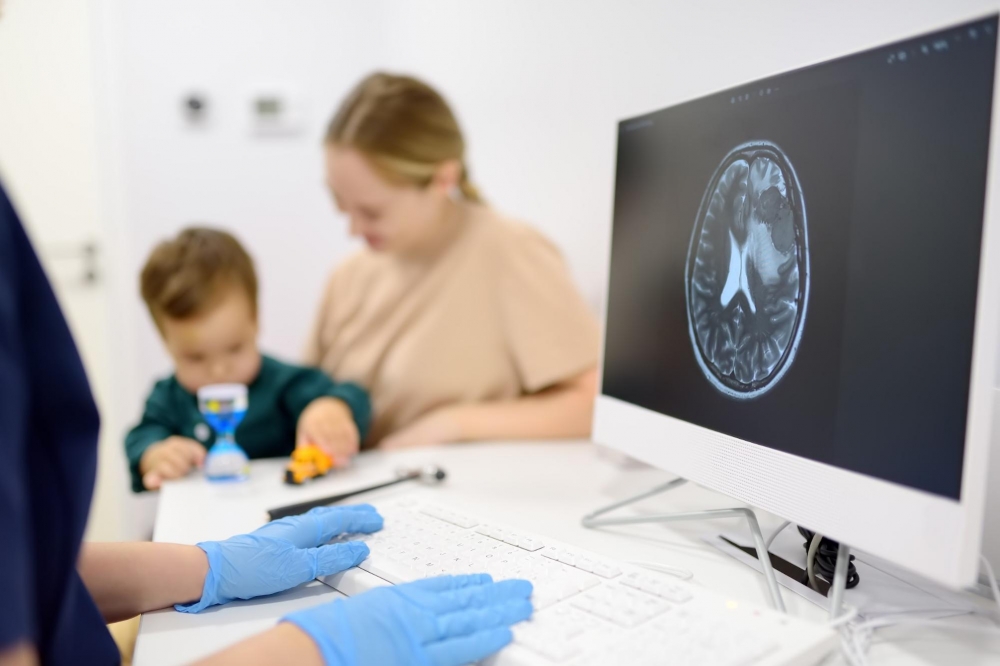Why Are My Eyes Always Tearing Up?
Understanding Tear Drainage System Disorders

Most of us don’t think twice about tears, until something goes wrong. If your eyes are constantly tearing up, or you often wake up with a sticky discharge, it’s easy to assume it’s allergies, dry eyes, or “just one of those things.” But sometimes, it’s your tear drainage system sending out a distress signal.
Let’s understand why this happens, with insights from Dr Nazila Ahmad Azli, Consultant Ophthalmologist and Oculoplastic Surgeon at Sunway Medical Centre Velocity.

At the inner corner of each eye is a hidden but important structure: the tear outflow system, also known as the nasolacrimal drainage system. This is the part that quietly clears away tears and channels them into your nose. But when there’s a blockage, whether partial or complete, that fluid has nowhere to go. What you experience is overflowing tears, sticky discharge, or even infection.
When Tears Don’t Drain as They Should
As an oculoplastic surgeon, I often see patients who come in saying things like:
“My eye won’t stop tearing, but it’s not painful.”
“It feels like I’m crying all the time, even when I’m not emotional.”
“There’s a yellowish discharge every morning, is it an infection?”
These are all classic signs of a tear drainage issue. In most cases, it’s caused by a blockage in the tear duct, either from age-related narrowing, past infections, inflammation, trauma to the face, or in some cases, congenital issues that appear in babies and young children.
In older adults, the tissues around the eye can loosen with age, making the ducts less efficient. In babies, the drainage system may not have fully developed at birth. Infections, sinus problems, or previous surgery can also lead to scarring and narrowing.
The Conditions Behind the Tearing
1. Congenital or Acquired Nasolacrimal Duct Obstruction

This is the most common reason people come to us for persistent tearing. Whether it’s something you’re born with or developed over time, the end result is the same: tears that can’t drain properly. Left untreated, this can lead to chronic discomfort, frequent eye wiping, and irritation, and in some cases, recurrent infections.
2. Lacrimal System Infections: Acute Dacryocystitis

When tears stagnate due to poor drainage, bacteria can settle in. This often leads to acute dacryocystitis, which presents as sudden pain, redness, and swelling at the inner corner of the eye. It may even form a pus-filled lump. Most patients with this condition need hospital admission for IV antibiotics, followed by a surgical procedure to clear the blockage once the infection is under control.
3. Lacrimal Trauma: Injuries that Involve the Tear System

Facial injuries, especially those affecting the eyelid or cheekbone, may damage the delicate tear duct structures. These cases must be carefully repaired by an oculoplastic surgeon, ideally within a short time after the trauma. A small silicone stent is often inserted to keep the tear duct open during healing, and is usually left in place for six weeks.
How We Diagnose and Treat Tear Drainage Problems
If you’re experiencing unexplained tearing, the first step is a detailed evaluation. We assess the entire drainage pathway, from the tiny puncta (tear openings on your eyelids) to the nasolacrimal duct that empties into your nose.
Depending on the cause and severity of the blockage, treatment options may include:
-
Probing and Syringing: A diagnostic and sometimes therapeutic procedure where a thin probe is passed through the duct to clear minor obstructions.
-
Tear Duct Intubation or Stenting: A flexible tube is placed temporarily to keep the passage open.
-
Balloon Catheter Dilation: A balloon is inserted and inflated inside the duct to widen narrowed areas.
-
Dacryocystorhinostomy (DCR): A tear bypass surgery where a new drainage route is created between the eye and nose. This is usually performed for chronic or severe blockages.
When Should You See a Specialist?
If your eye constantly waters without an obvious reason, and especially if it’s accompanied by discharge, swelling, or infection, it’s time to consult an oculoplastic surgeon. These symptoms may seem mild at first, but chronic tearing can affect your comfort, vision, and even emotional well-being, especially when it interferes with daily activities or social confidence.
The good news? Most tear drainage disorders are very treatable, and many patients find immediate relief once the underlying issue is addressed.
Final Thoughts
Tearing may seem harmless but when it doesn’t stop, it could point to something deeper. As with most conditions, early diagnosis and proper management make all the difference. Whether it’s a minor blockage or a more complex case needing surgery, you don’t have to live with discomfort or blurred vision.
If you’ve been dealing with persistent tearing, sticky discharge, or repeated eye infections, don’t ignore it. These symptoms may seem minor at first, but they could point to an underlying issue in your tear drainage system.
Your tear ducts may be small, but keeping them healthy makes a big difference in how you see, feel, and go about your day.
If these symptoms have been affecting your daily comfort, don’t wait too long to get it checked. Book an appointment with our Dr Nazila Ahmad Azli, Consultant Ophthalmologist and Oculoplastic Surgeon at Sunway Medical Centre Velocity to explore the best treatment options available to you.
这篇文章对您有帮助吗?
有0 位用户在 0 位中觉得这很有帮助。
Suggest to Read









